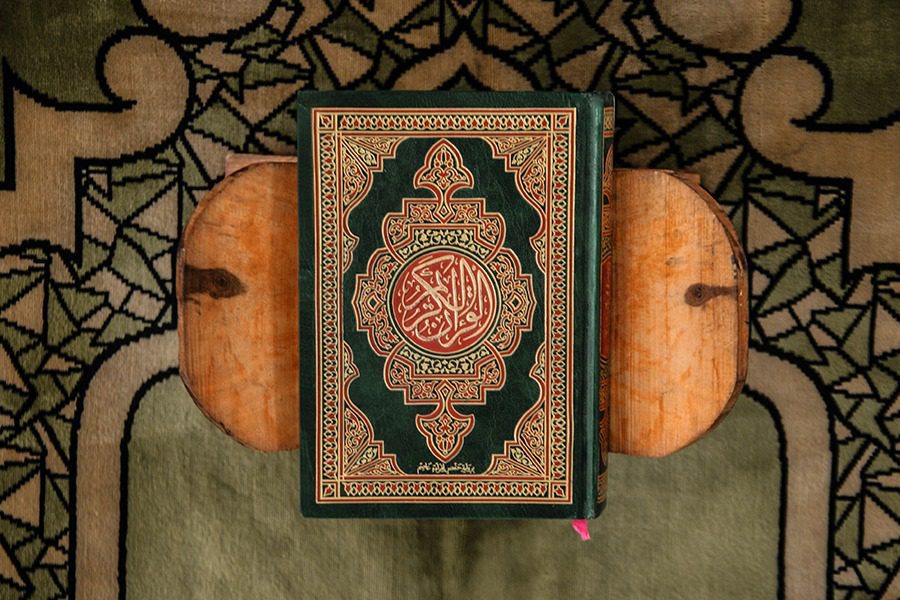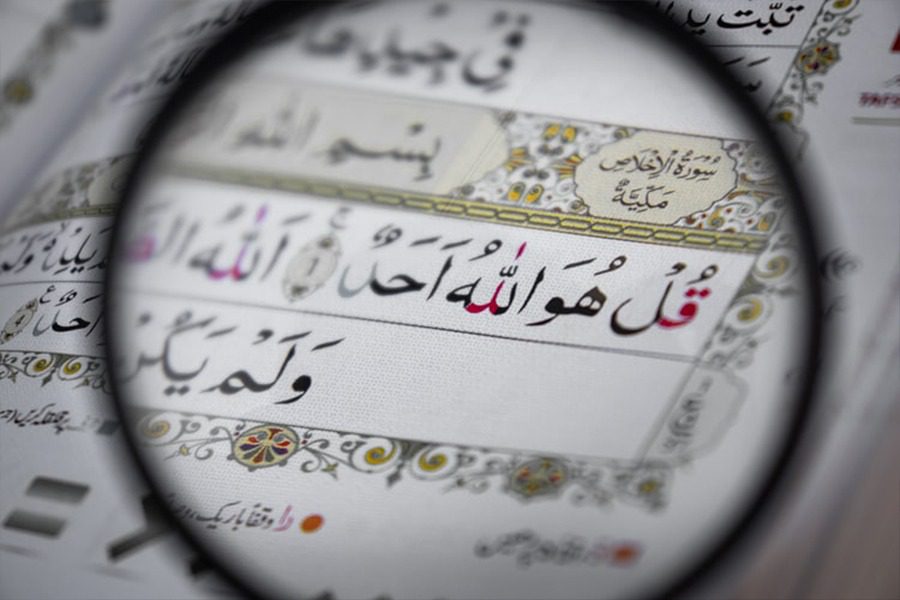The holy book of Allah is as old as 1400 years and is subdivided into 114 chapter-like units called “surahs,” a word used within the Quran to designate revelatory passages of an unspecific length. The Chapters are known by names traditionally, which appear to have emerged only after the death of the Prophet.
Similarly, Ayat are the verses that subdivide the surahs, a word that literally means “sign” and is also used in the Quran to designate manifestations of God’s power and grace. Thus, Ayat of the Quran does not conform to fixed patterns of long and short syllables. If you read the Quran, you will notice that many parts of this book are highly formulaic, and longer verses often conclude with certain set phrases.
The purpose of the Quran:
The bedrock of Islamic law is formed by the Quran, even though many legal details are derived not from scripture but from extra-Quranic utterances and actions attributed to Muhammad(ﷺ), called Hadith. Similarly, matters of family law (e.g., inheritance rules), ritual law (e.g., the performance of ablution before prayer or the duty to fast during the month of Ramadan), dietary regulations, criminal law (e.g., the punishment for theft or for manslaughter), and commercial law (the prohibition of usury) are the domains covered by Quranic law.
When was Quran written?
A whole written collection of the Quranic revelations was produced only after the Prophet’s(ﷺ) death when a great number of those who knew the Quran by heart were killed on the battlefield and the fear arose that knowledge of the Quran might disappear. The collection of the Quranic revelation was decided to be done accordingly. In the starting, the verses were written on materials as diverse as palm branches and stones as well as preserved in people’s memories. According to Islamic history, Zayd ibn Thabit, who was the companion of Prophet(ﷺ) reportedly copied out on sheets of parchment whatever proclamations he could find and handed them over to the second caliph, Umar (reigned 634–644 CE). The collection was inherited by Hazrat Umar’s daughter Hafsah after his death. The third caliph, Uthman (reigned 644–656 CE), is reported to have ordered those copies of Zayd ibn Thabit’s recension be sent to the main garrison towns of the Islamic realm and that alternative versions of scripture be burned in order to forestall divergences in the recitation of the Quran.
Thus, among the oldest Quran texts in the world, there are two leaves from the Quran manuscript so is believed that the parchment on which the text is written belongs to the end of the 6th or early 7th century CE.















